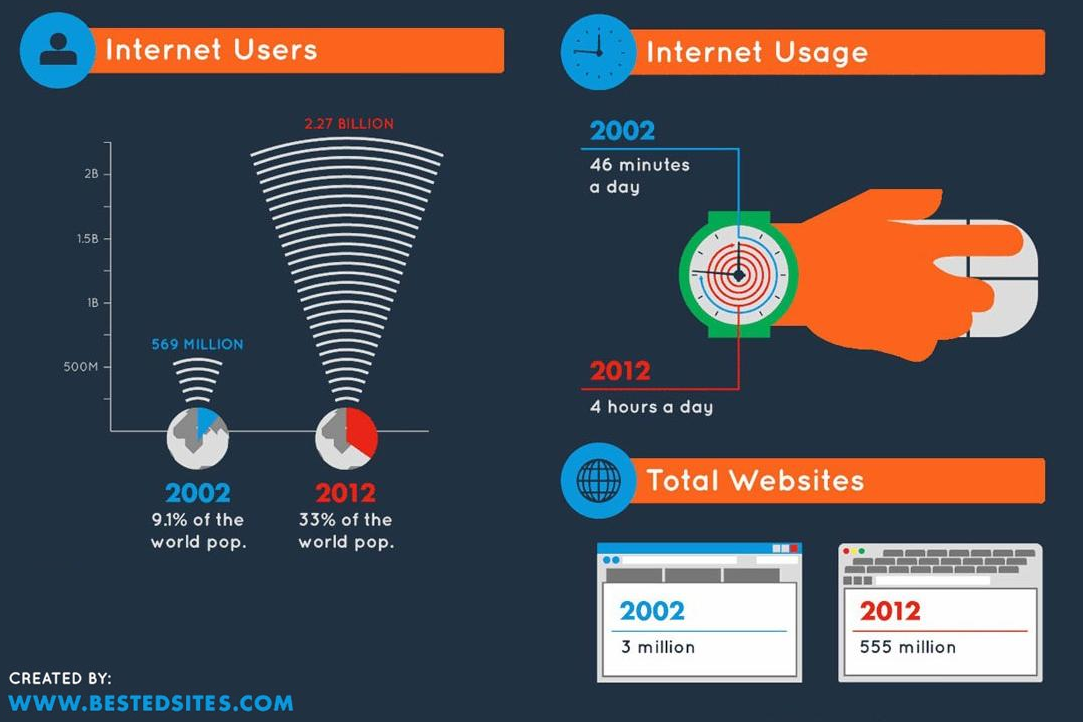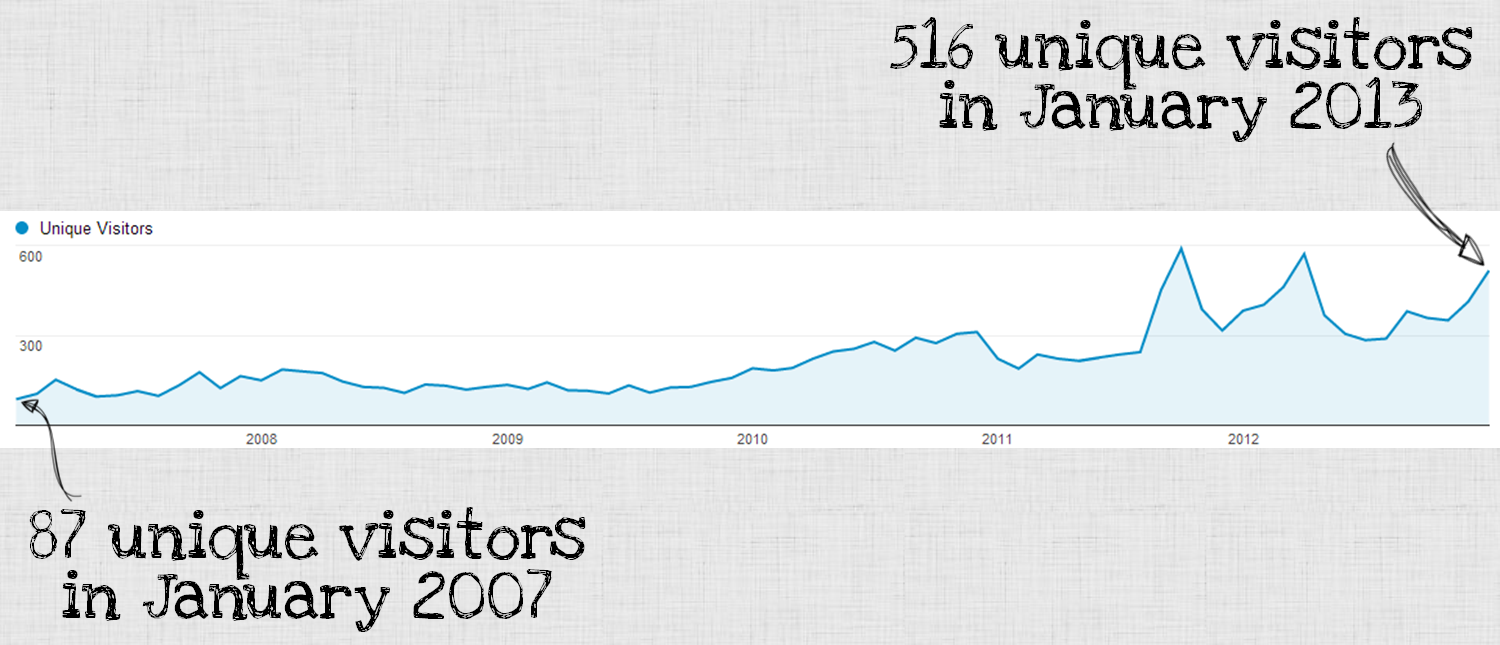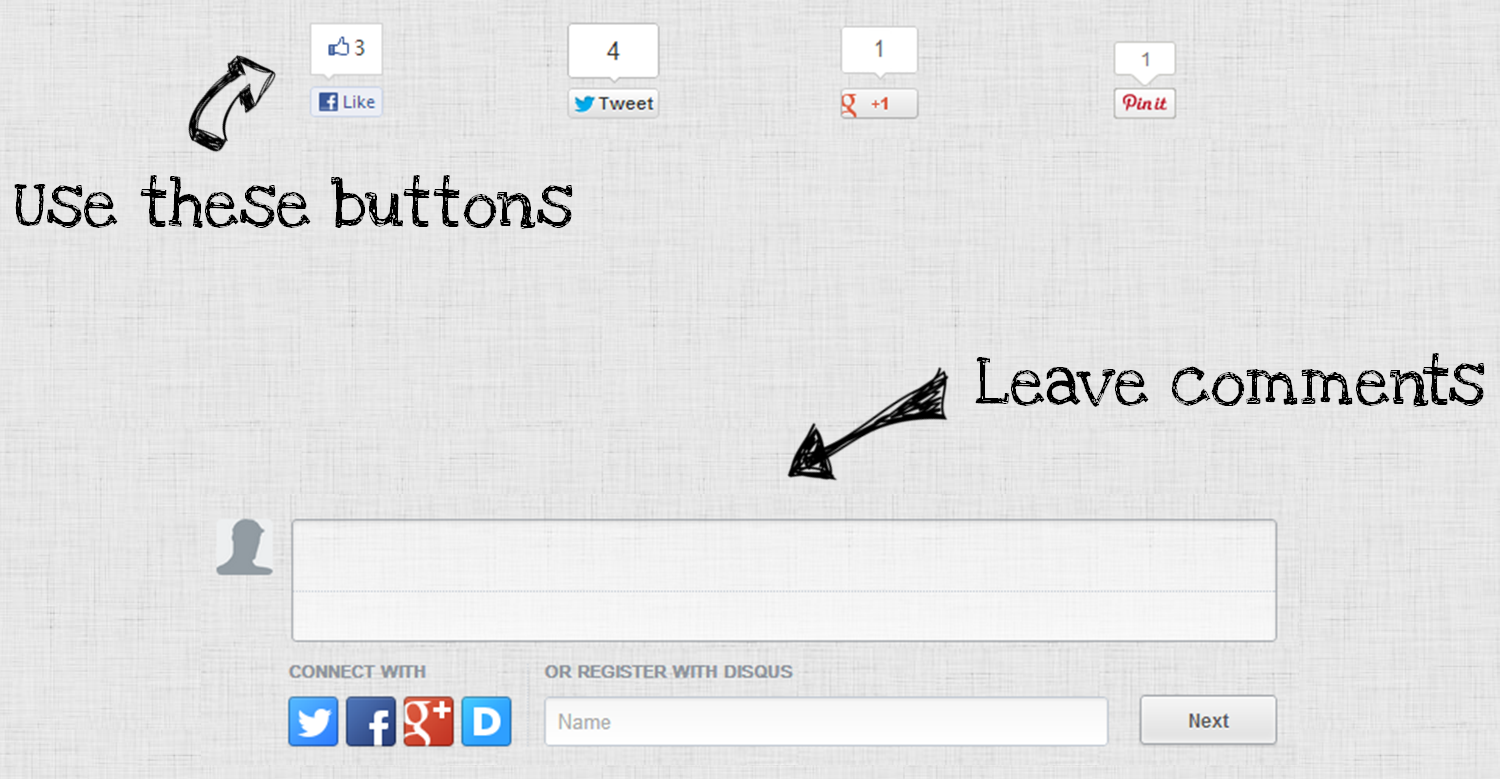A couple of weeks ago, I met with the leadership of our church, to give an update on where we’re at online, both our website & social media. After an hour of chatting with them, I was asked to spend a few minutes during our Sunday service last week to let the whole church see ‘under the bonnet’ of where we’re at.
I may have slightly over-run my allotted time (sorry!), but I get a bit passionate about this subject, and once I start I find it hard to stop. But in this blog post I just want to highlight a few key points from my talk, which I feel will help you know where we’re at, and how you can get involved.
Internet usage has exploded over the last few years
Over 50% of the world’s population is under 30, and there are now adults who’ve never known life without the internet. In fact, my youngest sister-in-law, who turned 18 last year, wasn’t even alive when I first browsed the web.
This has major implications for reaching out to young adults, as they increasingly expect information to be freely available on-demand, and so online communication is only going to become more important for our church to get involved with.
Also, the way the internet now weaves through our daily lives, whether that be on a computer, mobile phone, or tablet, has had a major impact on how much people spend their time online.
 Want to see more statistics about internet usage? Check out The internet: a decade later on my personal blog, maylor.net.
Want to see more statistics about internet usage? Check out The internet: a decade later on my personal blog, maylor.net.
Our website is getting busier
I really don’t want to sound like I’m boasting, but it’s a fact. Our website is getting busier every year. In January 2007 we had 87 unique visitors, but in January 2013 we had 516 unique visitors. That’s an increase of nearly 500%!

This is a significant shift in how people come into contact with us. Some of this is down to people linking to individual articles they’ve found interesting, but increasingly it is due to people searching for information about is, or subjects we’ve explored on our website, and finding us without a direct link to our church. Which brings me neatly onto my next point…
The way people find us online is changing
Over the last few years, many things have changed about how people find us online. In 2007, 42% of visits were ‘direct’; that is, our website address was typed into the browser directly, rather than clicking on a link. But in 2012, only 14% were ‘direct’.
However, the by far the largest proportion of our visits comes via Google. In 2012 it accounted for 66% of our visits, up from just 35% in 2007. Also, people are increasingly using mobile devices to access our website – 19% of visits in 2012, up from 0% in 2007 – I blame Apple and their iPhone, which really did change everything…
Another significant trend is the increase in traffic from social media. In 2007 this was a fairly new concept, but over the last few years there’s been a major increase in usage of sites such as Twitter and Facebook, and now 10% of visits come from Facebook, and this is steadily increasing. We’ve also incorporated comments and social media buttons onto the end of every post on our website, so please:

Social media is a great enabler for non-techies
It used to be that to get really involved in the online world, you needed to have at least a passing understanding of HTML, Javascript, PHP, etc. However, Web 2.0, and in particular social media, has changed all this – just about anyone can get involved now. One of my favourite quotes about this is from Brian Solis:
Social media is about sociology and psychology, more than technology.
I really want to encourage you to get involved with us on Facebook and Twitter (we’re on other social networks too, but I’ll just focus on these two here), and there are some really simple ways you can do this.
First of all, like our Facebook page.
Then, it’s simply a case of getting involved. There are three ways you can do this. Use the like button. Leave comments. Share our posts.

The bonus of doing these things is that you’re more likely to see us in your news feed, as Facebook uses how often you interact with a page to help it decide how relevant the page’s posts are to you. It also helps others that are linked with our page to see us in their newsfeed, as Facebook also looks at how popular a post is to measure how relevant it is to a wider audience.
Again, the first thing to do is to follow us on Twitter.
Then, I really want to encourage you to get involved with us. Send us tweets, retweet things you think others may want to see, mention us when you tweet about us, use hashtags such as #salford and #elim.

And finally…
Ultimately, doing this will all help me, as I look at what to put online next. If you interact with content, whether that be on our website, Facebook, or Twitter, I’ll understand better what you find interesting or helpful, and we’ll look to create more content along those lines.


